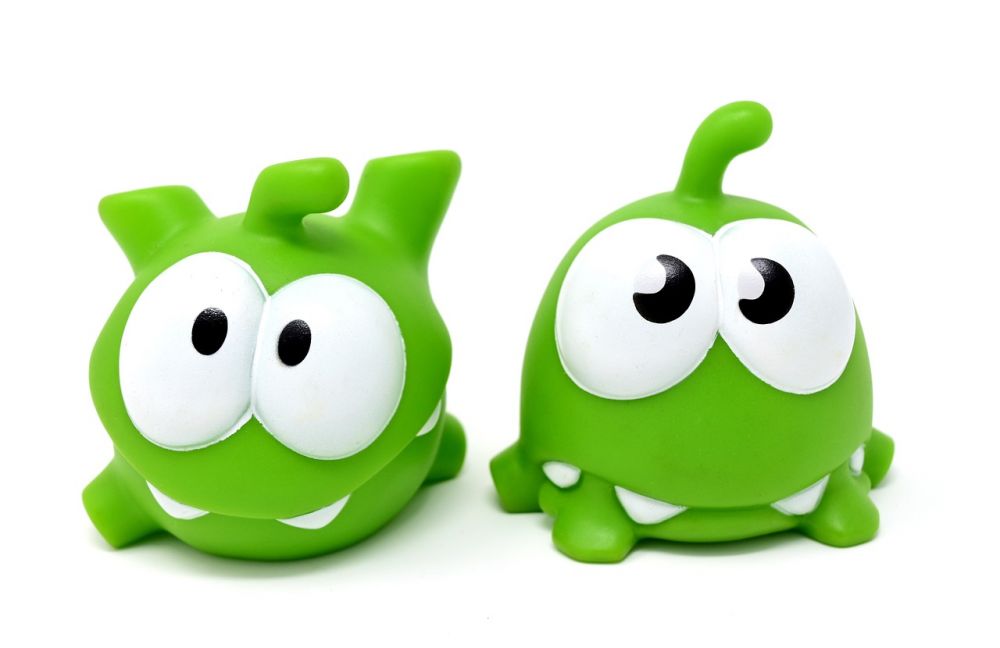Thermometer App: The Evolution of Temperature Tracking in Your Pocket

Introduction
As technology continues to revolutionize every aspect of our lives, it comes as no surprise that even something as simple as tracking temperature has been made easier and more convenient. With the advent of smartphone applications, a wide range of “thermometer apps” have emerged, offering users the ability to monitor temperature on the go. In this article, we will delve deep into the world of thermometer apps, exploring their significance, evolution over time, and what you need to know as a tech enthusiast.
Historical Overview: From Analog to Digital

Before the rise of thermometer apps, people relied on traditional thermometers, often made of glass and mercury, to measure temperature. These analog devices were not only bulky but also required physical contact with the body or the surrounding environment. However, with the integration of temperature sensors in smartphones, the era of digital temperature tracking began.
Early thermometer apps introduced basic features, such as displaying the current temperature based on the device’s internal sensor. Users could simply launch the app and get instant readings without the need for physical contact. These early versions, however, lacked accuracy and calibration, making them unreliable for precision measurements.
Advancements in Technology: Accuracy at Your Fingertips
As smartphone technology evolved, so did thermometer apps. Developers recognized the need for greater accuracy and introduced external sensor support. This allowed users to connect dedicated thermometer probes or wireless sensors to their smartphones, enabling precise readings in various settings like medical, culinary, or scientific.
Additionally, advancements in machine learning algorithms enabled app developers to improve accuracy by analyzing multiple sensor inputs, such as ambient temperature, humidity, and barometric pressure, and providing more accurate readings than ever before. These advances also led to the development of predictive algorithms capable of providing real-time forecasts.
Features and Functionality: Beyond Temperature Tracking
Today’s thermometer apps offer much more than just temperature tracking. They have transformed into comprehensive tools for monitoring and managing various environmental factors. Some of the key features include:
– Multi-location tracking
: Users can monitor temperature readings from different locations simultaneously, making it ideal for travelers, weather enthusiasts, and those with multiple properties.
– Historical data analysis
: Thermometer apps allow users to store and analyze temperature data over time, providing valuable insights for research, health monitoring, or energy efficiency analysis.
– Alerts and notifications
: Users can set temperature thresholds and receive alerts when the temperature exceeds or falls below the desired range. This is particularly useful for monitoring sensitive environments like wine cellars or server rooms.
– Integration with smart home systems
: Many thermometer apps can seamlessly integrate with smart home devices, allowing users to control thermostats, HVAC systems, and other temperature-sensitive appliances remotely.
Optimizing for Featured Snippets on Google
To increase the likelihood of your article being featured as a snippet on a Google search, it is crucial to structure your text effectively. Here is a suggested outline:
“Thermometer App”: The Evolution of Temperature Tracking in Your Pocket
Introduction
Historical Overview: From Analog to Digital
Advancements in Technology: Accuracy at Your Fingertips
Features and Functionality: Beyond Temperature Tracking
Optimizing for Featured Snippets on Google
– Bulletpoints can be used within relevant sections to highlight important information, such as key features or advancements. For example:
– Multi-location tracking
– Historical data analysis
– Alerts and notifications
– Integration with smart home systems
To further engage your readers, consider adding a video showcasing the features and usability of a popular thermometer app. This will provide a visual demonstration to complement the written content and appeal to your tech enthusiast audience.
Conclusion
Thermometer apps have come a long way since their inception, transforming from simple temperature trackers to comprehensive tools for monitoring and managing various environmental factors. With advancements in technology and increased accuracy, these apps have become invaluable resources for individuals in numerous fields. So, whether you’re a health-conscious individual, a weather enthusiast, or a tech enthusiast seeking the latest advancements, thermometer apps are here to provide you with real-time, accurate temperature readings right at your fingertips.





